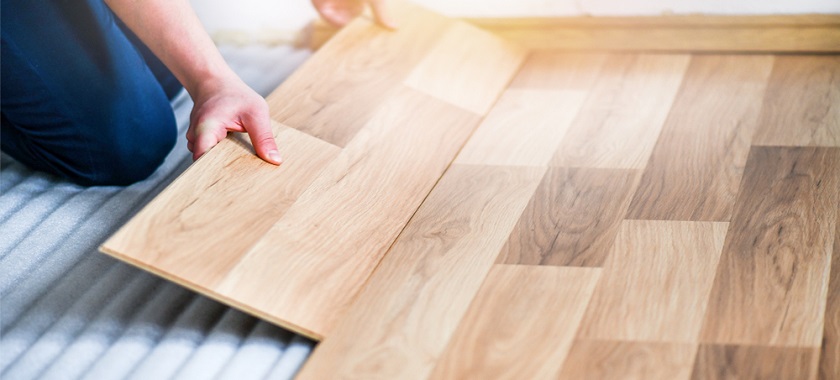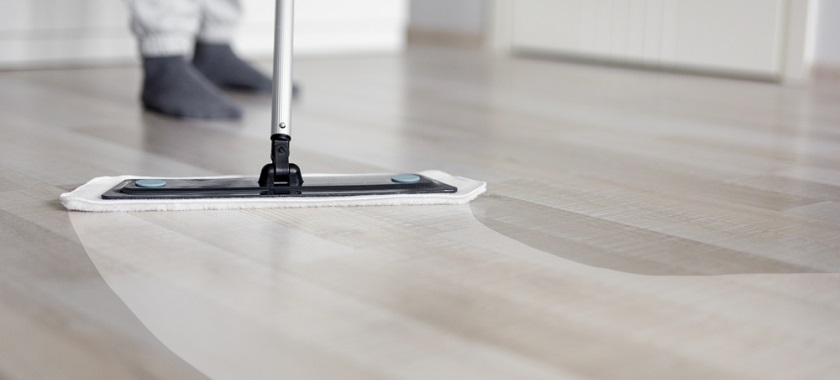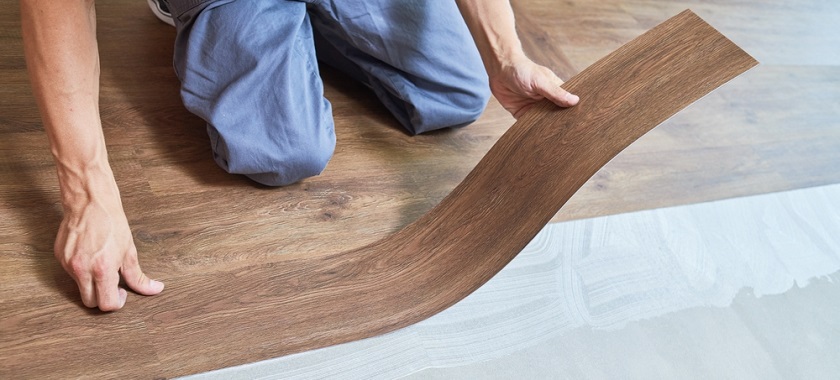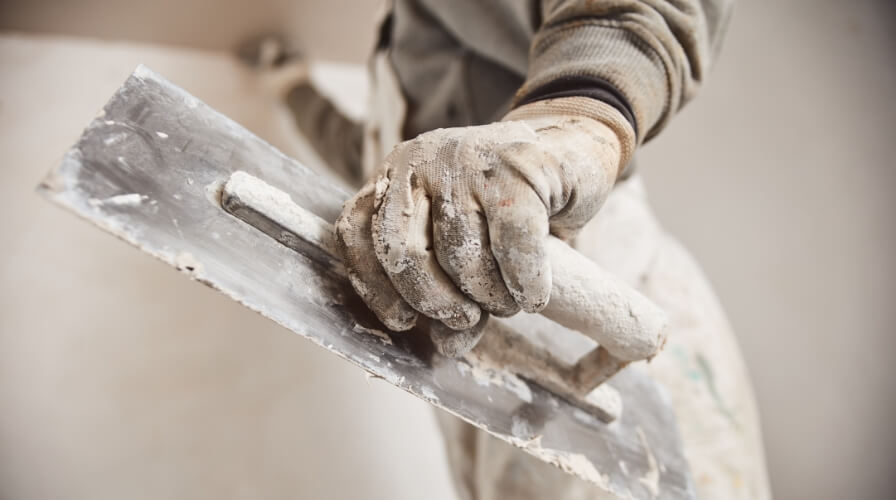LVT vs. laminate flooring: Pros, cons & differences
Hardwood flooring has become a popular alternative to carpets over recent years. Whether its herringbone flooring or reclaimed wood flooring salvaged from old structures, hardwood flooring can bring character, charm and warmth back into a home.
Two particularly popular styles are LVT (luxury vinyl tile flooring) and laminate flooring. We’ve put together this expert guide so you can understand the difference between the two. Let’s look at their pros and cons and some tips on how to install LVT and laminate flooring to a high standard.
What’s the difference between LVT and laminate flooring?
LVT and laminate flooring may seem similar, but there are some subtle differences. LVT is made of multiple PVC (polyvinyl chloride) layers, while laminate is constructed from High Density Fibreboard (HDF). It undergoes an environmentally-friendly production method where tiny pieces of recycled wood pulp are pressed together under extremely intense pressure.
Laminate floors are floating floors (also known as click-lock or snap-together flooring), meaning they are installed without needing nails or glue. LVT flooring on the other hand is typically offered as a floating or glue down product.
Another difference is the thickness of the flooring. Laminate is typically between 6mm and 12mm thick, with luxury vinyl tiles more likely 1.5mm to 5mm.










